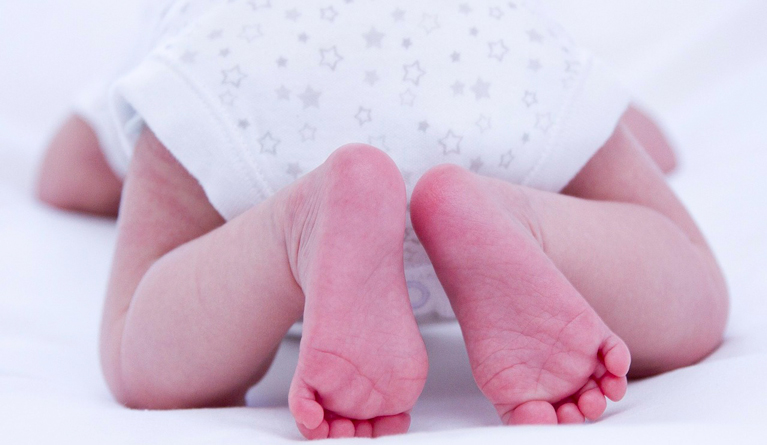Try as you might to avoid it, the fact is that most babies at some point will develop nappy rash to a greater or lesser extent. No matter how vigilant you are with regular nappy changes and barrier cream application, the fact is that most babies are likely to get nappy rash in the first eighteen months and it affects around a third of infants at any one time. If you’re questioning why on earth your little one is affected, you should be reassured that it’s not your fault! In fact there are seven key trigger times when a baby is more likely to develop nappy rash. Whilst you may not be able to avoid it altogether, being aware of these key times means that steps can be taken to help reduce the severity of an outbreak and treat those tell- tale red spots!
What causes nappy rash?
Nappy rash can be caused by:
- Prolonged contact with urine or stools
- Sensitive skin
- Rubbing or chafing
- Soap, detergent or bubble bath
- Baby wipes
- Diarrhoea or other illness
What are the symptoms?
There may be red patches on your baby’s bottom, or the whole area may be red. The skin may look sore and feel hot to touch, and there may be spots, pimples or blisters.
7 nappy rash trigger times
There are a number of times when babies seem to be particularly prone to nappy rash:
Weaning – Any change in diet can lead to looser stools and a greater likelihood of nappy rash affecting your baby.
Common Cold – When a baby has a cold, stools are often looser, meaning that nappy rash is more likely to occur.
Teething – A runny nose, lots of saliva and diarrhoea are often the signs of teething. It’s also a time when nappy rash can strike.
Antibiotics – Nappy rash is often linked to antibiotic use. Antibiotics may mildly upset the digestive system leading to diarrhoea and nappy rash
First sleeping through the night– Sleeping through the night means that nappy changing may be delayed, making nappy rash more likely to develop.
Change in diet – such as moving on frombreast milk may lead to more frequent and watery stools, potentially leading to nappy rash.
Diarrhoea – Nappy rash usually starts when the baby’s delicate skin is in prolonged contact with urine and faeces in the nappy. It’s much more difficult to prevent this if your baby has diarrhoea.
Looking out for these key trigger times, means you can take steps to help prevent nappy rash or treat it at the very first signs of your baby’s skin becoming irritated.
Prevention
The best way to deal with nappy rash is to try to prevent your baby getting it in the first place. These simple steps will help:
- Change wet or soiled nappies as soon as possible. Young babies need changing as many as 10 or 12 times a day; older babies at least six to eight times.
- Leave the nappy off for a long as possible. Lie your baby on a towel without a nappy for as long and as often as you can to let fresh air get to the skin.
- Clean the whole nappy area thoroughly, wiping from front to back. Use plain water or alcohol-free /fragrance-free baby wipes.
- Try to avoid using soap, bubble baths, lotions or talcum powder.
- Avoid using tight-fitting plastic pants over nappies
- Pat rather than rub the baby’s bottom dry.
- Use a suitable barrier cream at each nappy change.
Treatment
In mild cases of nappy rash, follow the skincare routine above and ask your pharmacist for advice about the most appropriate nappy rash ointment for your baby. A barrier cream or ointment should be used at each nappy change to protect the skin. Zinc ointment BP, Zinc and Castor Oil or Metanium ointment are all recommended.
When to seek medical advice
Always seek medical advice from your Health Visitor, Practice Nurse or GP if:
- The rash doesn’t clear up within a couple of days.
- Your baby develops a persistent bright red, moist rash with white or red pimples, which spreads to the folds of the skin. This may be a thrush infection.
- Your baby has a fever and a raised temperature.
References
- Morris H, The bottom line on nappy rash, British Journal of Midwifery, September 2012, Vol 20, No 9, pages 540-543
- CKS www.cks.nhs.uk/nappy_rash – NHS Clinical Knowledge Summaries, 2009








Leave A Comment
You must be logged in to post a comment.